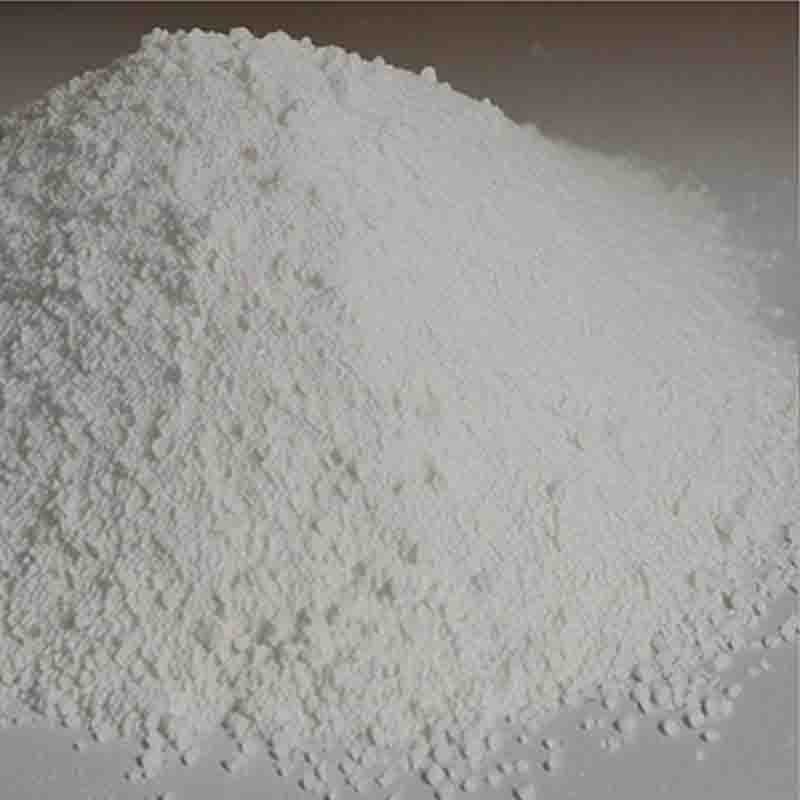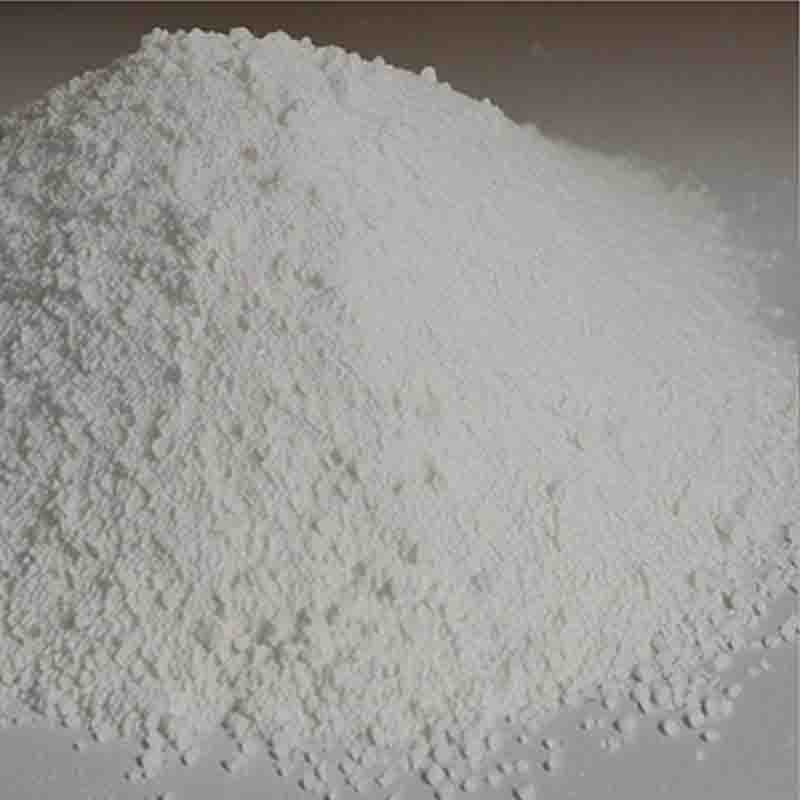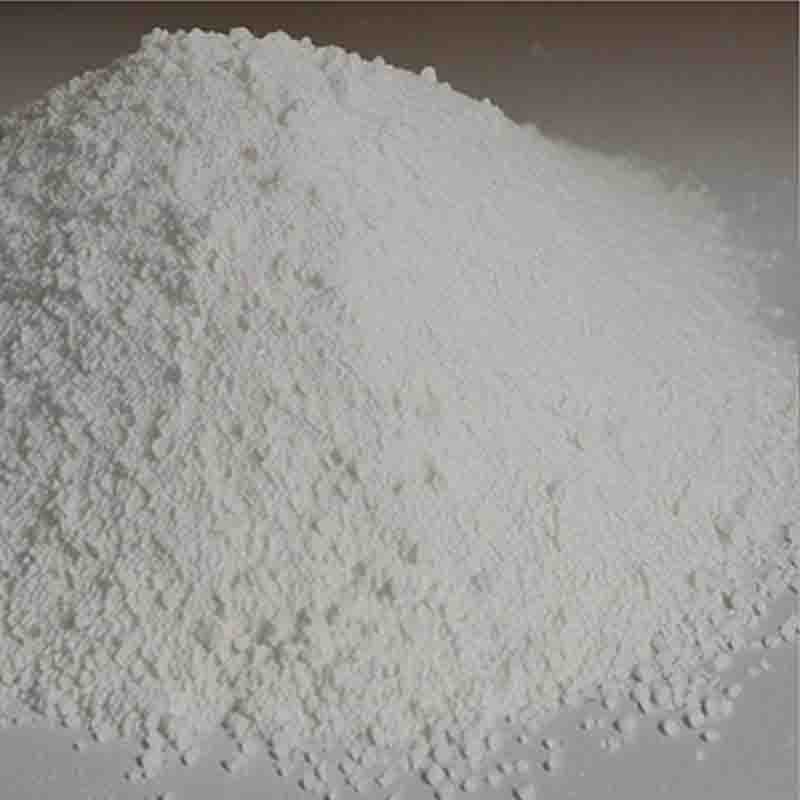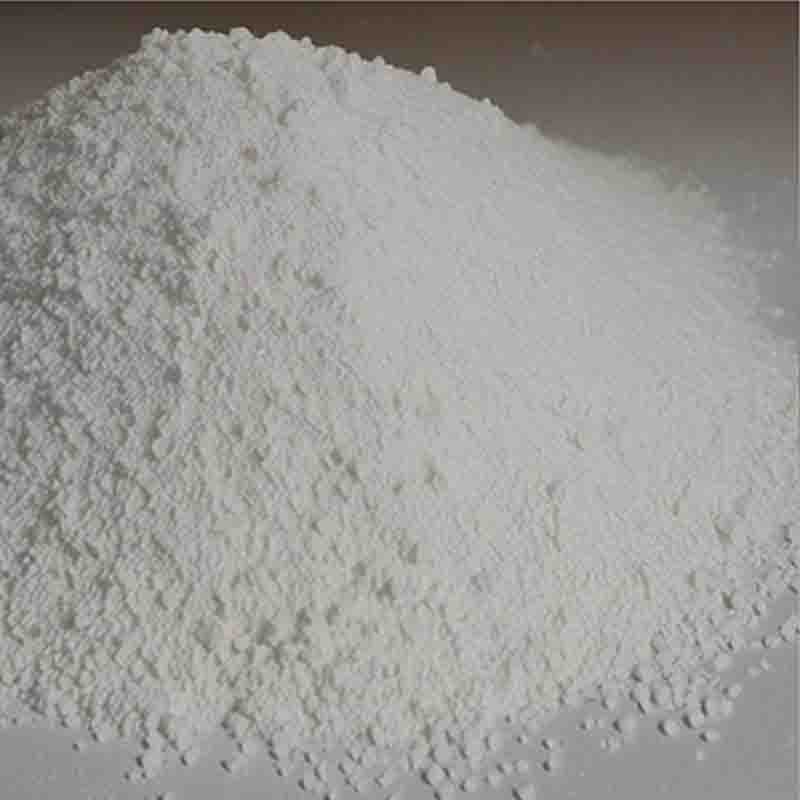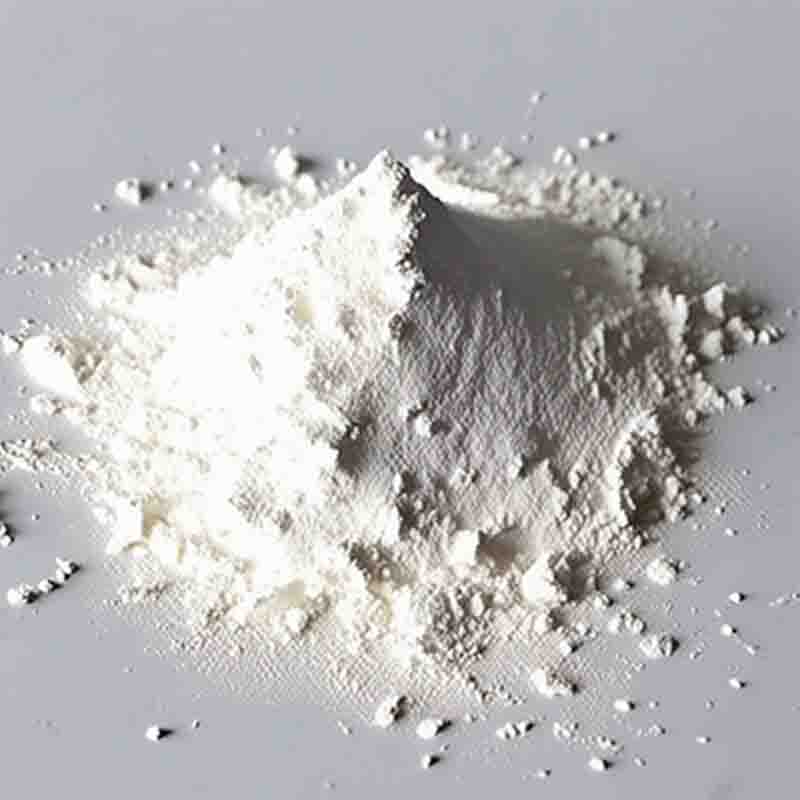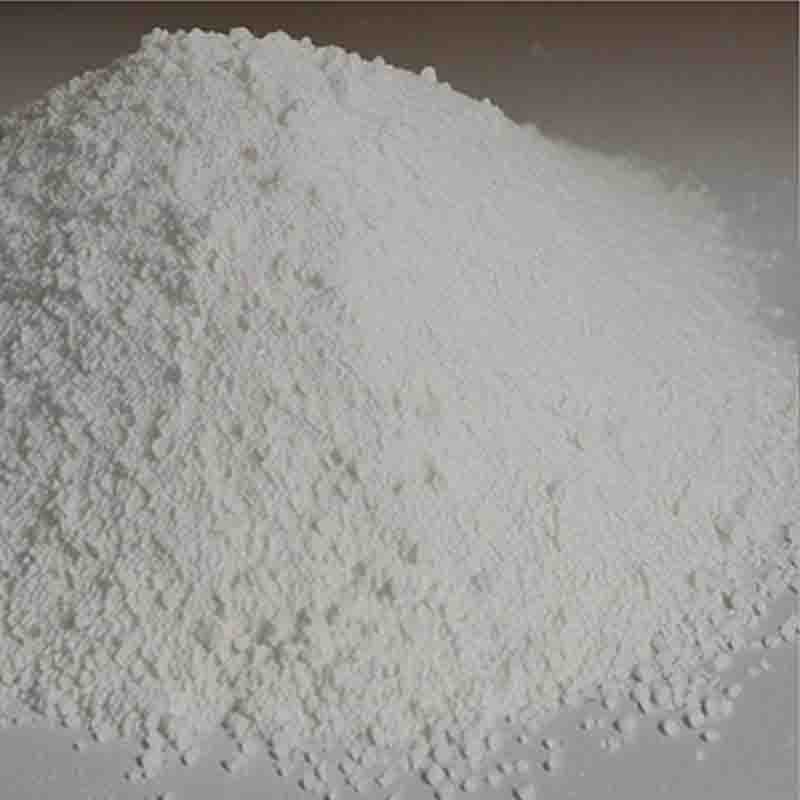N-(p-Aminobenzoyl)glutamic acid CAS: 4271-30-1
| Catalog Number | XD93926 |
| Product Name | N-(p-Aminobenzoyl)glutamic acid |
| CAS | 4271-30-1 |
| Molecular Formula | C12H14N2O5 |
| Molecular Weight | 266.25 |
| Storage Details | Ambient |
Product Specification
| Appearance | White powder |
| Assay | 99% min |
N-(p-Aminobenzoyl)glutamic acid, commonly known as PABA-Glutamate or PABA-Glu, is a chemical compound derived from the combination of p-aminobenzoic acid (PABA) and glutamic acid. It has several applications in the fields of medicine and cosmetics.One significant use of N-(p-Aminobenzoyl)glutamic acid is as a precursor in the synthesis of folic acid, a vitamin essential for the synthesis and repair of DNA, as well as for cell division and growth. N-(p-Aminobenzoyl)glutamic acid is converted to dihydrofolic acid, which is then transformed into various forms of active folic acid in the body. Folic acid supplementation is crucial for preventing neural tube defects in pregnant women and is also utilized in the treatment of megaloblastic anemia and other folate deficiency-related conditions.Moreover, N-(p-Aminobenzoyl)glutamic acid has photoprotective properties, making it a common ingredient in sunscreens and other UV-protective cosmetics. It absorbs ultraviolet (UV) radiation within the UVA and UVB range, preventing it from reaching the deeper layers of the skin and causing damage like sunburn or premature aging. Its inclusion in sunscreens helps to reduce the risk of skin cancer and other UV-related skin conditions.Additionally, N-(p-Aminobenzoyl)glutamic acid has been investigated for its potential antioxidant and anti-inflammatory properties. Antioxidants protect the body against free radicals, unstable molecules that can cause oxidative stress and damage to cells. Some studies suggest that N-(p-Aminobenzoyl)glutamic acid may have antioxidant effects, although further research is needed to ascertain its full extent and mechanisms of action. Its anti-inflammatory properties also contribute to its potential as a therapeutic agent in conditions accompanied by inflammation.It is essential to consider potential adverse effects and allergies when using products containing N-(p-Aminobenzoyl)glutamic acid. While rare, some individuals may experience hypersensitivity reactions or contact dermatitis in response to its use. Patch testing and consultation with a dermatologist can help identify any potential adverse reactions.In conclusion, N-(p-Aminobenzoyl)glutamic acid plays a crucial role in the synthesis of folic acid and has applications in sunscreen formulations for UV protection. Its potential antioxidant and anti-inflammatory properties make it an interesting area of research for its role in combating oxidative stress and inflammation-related conditions.


